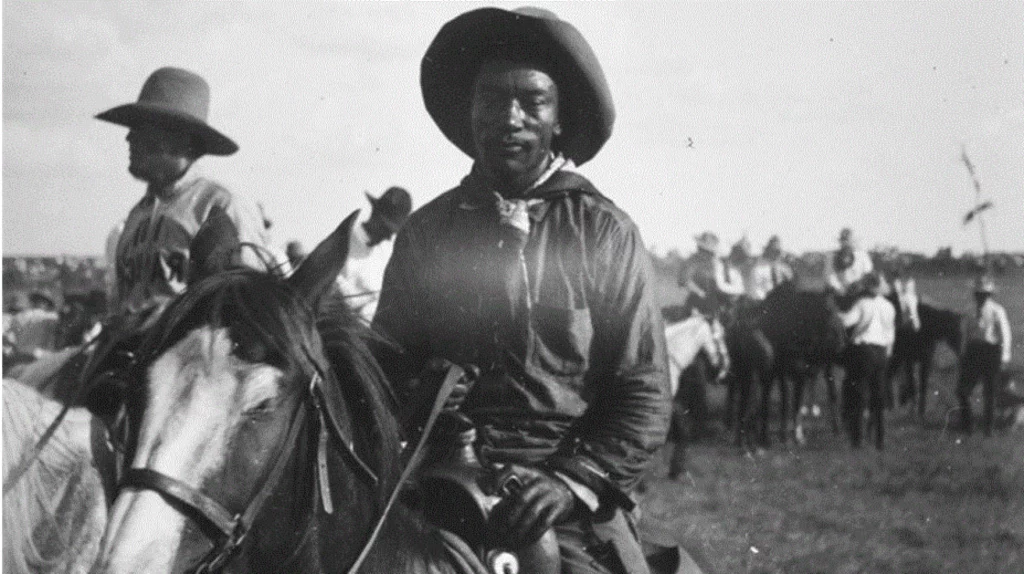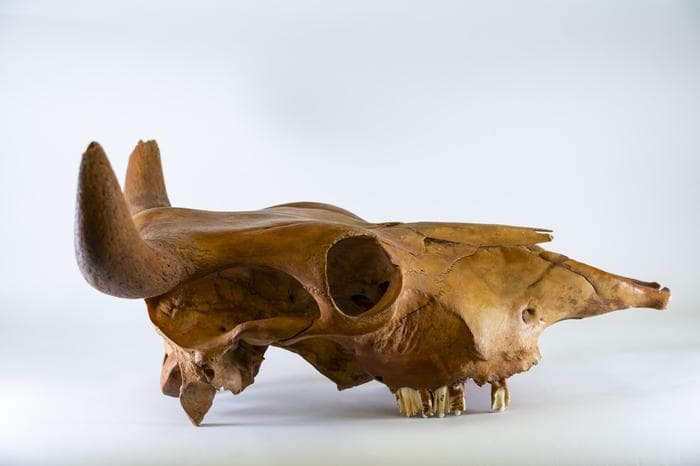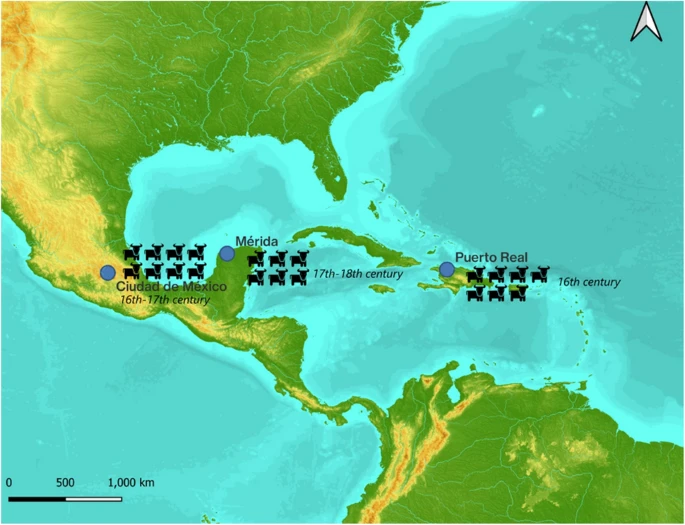
When you conjure the image of a cowboy, perhaps it’s the rugged landscape of the American West or John Wayne riding herd at dawn that comes to mind. However, an analysis of DNA extracted from 400-year-old cow bones is reshaping our understanding of the first cowboys.
Surprisingly, these pioneers didn’t roam the American West but were found in Mexico and the Caribbean. Most of them were likely African slaves, specifically brought in from African communities with a rich history of herding cattle.
Cattle in a Changing World
Traditionally, historians assumed that the first cattle in the Americas arrived with Christopher Columbus on his second voyage in 1493. Subsequent expeditions from Spain in the early 1500s brought more cattle — mostly black Andalusian breeds and piebald berrenda cattle — and it was believed that the vast herds that followed descended from this small founding population of roughly 500 cows. Or so the story goes.
However, many important details have been lost to history. To understand the true story of cattle in the Americas, Nicolas Delsol, an archaeozoologist at the Florida Museum of Natural History, meticulously scoured museum collections for cattle bones from post-contact sites in Hispaniola and Mexico.
What he found was nothing short of astonishing.

While most cow bones from the early era of European colonization matched European varieties, one bone, discovered at the heart of modern-day Mexico City, held a genetic signature that belonged exclusively to African cattle breeds. This bone dated back to the early 1600s, more than a century before historical records mentioned the importation of African cattle.
Colonizers of the Caribbean and Mexico might have introduced African cattle in an attempt to adapt herds to the tropical conditions of these regions, the researchers noted. Cattle more suited to hot, humid climates may have been crucial to building sustainable herds.
The African Connection

The arrival of African cattle coincided with a significant shift. Prior to European contact, Indigenous populations had no experience with large domesticated animals like cows, pigs, or sheep, which later became staples of colonial-era diets.
As Spanish and Portuguese cattle herds thrived in the New World, white ranchers required skilled workers who understood the intricacies of raising cattle in tropical environments. This is where African ranchers came in — or better said, this is where they were forced to go.
“The question of the potential African origin of some colonial cattle is of immense historical significance and has deep social and cultural ramifications, particularly when considering the central role played by African workers in setting up the ranching industry in the colonial Americas,” the researchers wrote in their study.
“While the European colonists held most of the economic and political power, they relied on a diverse workforce, mainly composed of Native and African coerced workers to generate their wealth in both urban and rural regions from Mexico to Peru.”
In the early 1600s, historical records reveal that slave traders specifically targeted African groups familiar with cattle herding, such as the Fulani of modern-day Cameroon. Now, this study suggests that, during the same period, at least one cow was directly imported from the region. It implies that herders and their cattle might have arrived as a packaged deal.
Modern American cattle have a mixed lineage of European and African breeds. However, this research provides compelling evidence of a strongly African genetic marker appearing in the early days of cattle ranching in the Americas, much earlier than thought.
But the findings also call for a revision of a quintessentially American figure—the cowboy. Enslaved Africans were once thought of as merely the brawn behind cattle ranching. However, key innovations like the use of the lasso and herding cattle from horseback appeared during a time when the majority of cowboys were Black, emphasizing their important contributions to cattle ranching in America. By the mid-19th century, African Americans represented the majority of cowboys in Texas, for instance.
“The earliest ranchers in Mexico were nearly all of African ancestry. We know that people like the Fulani in West Africa formed herder societies in which they lived in what could be described as a symbiosis with cattle. Both these lines of evidence made us think there was a strong possibility that the Spanish brought cattle from the same region as the people they enslaved,” said Delsol.
The findings were reported in the journal Scientific Reports.


